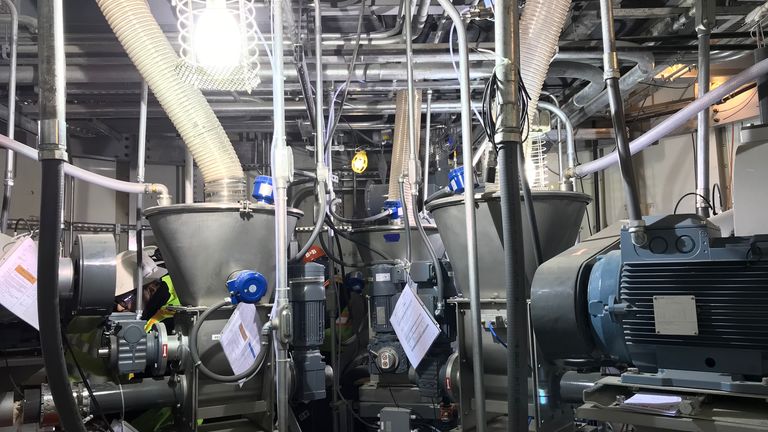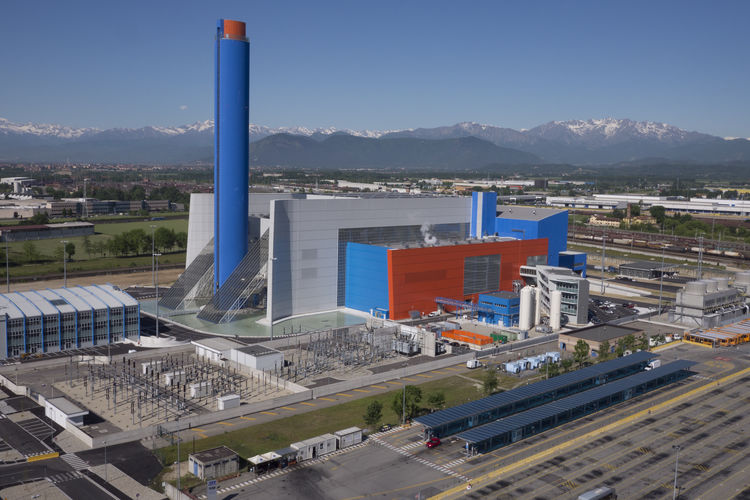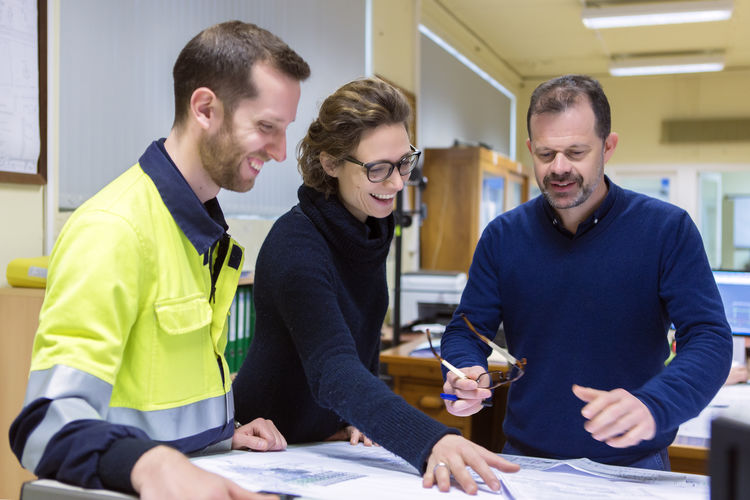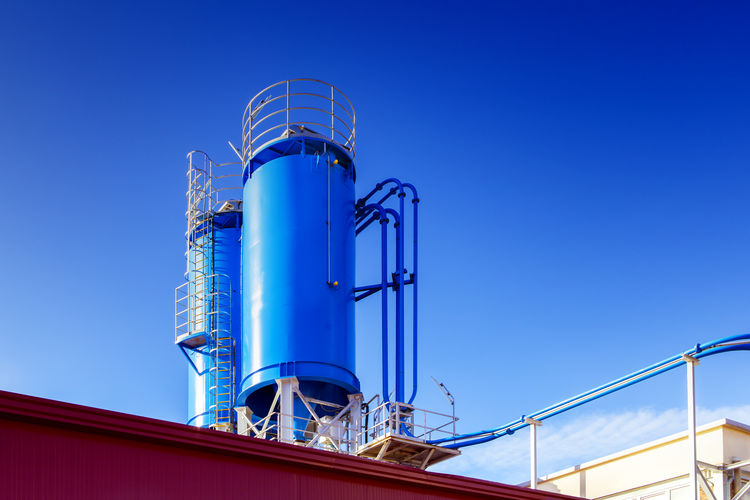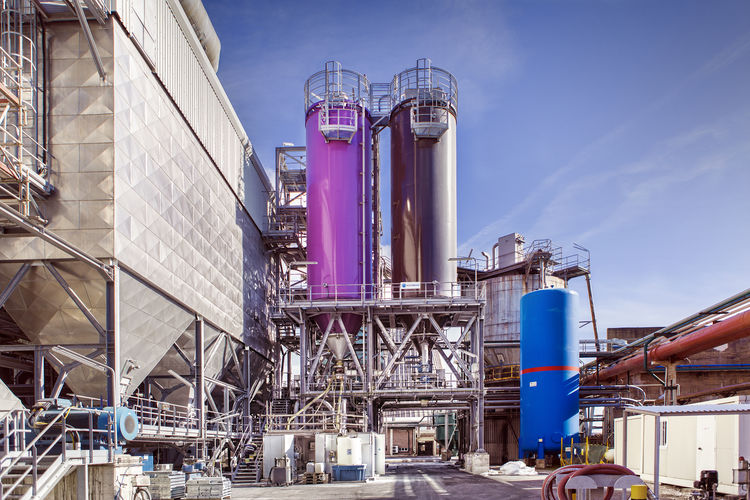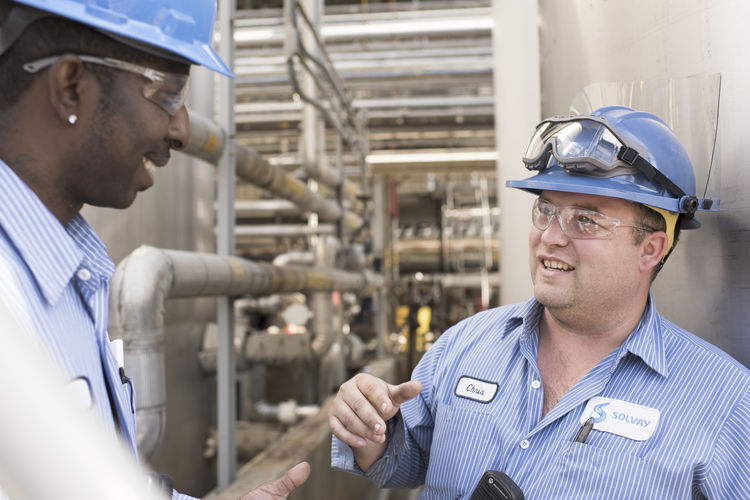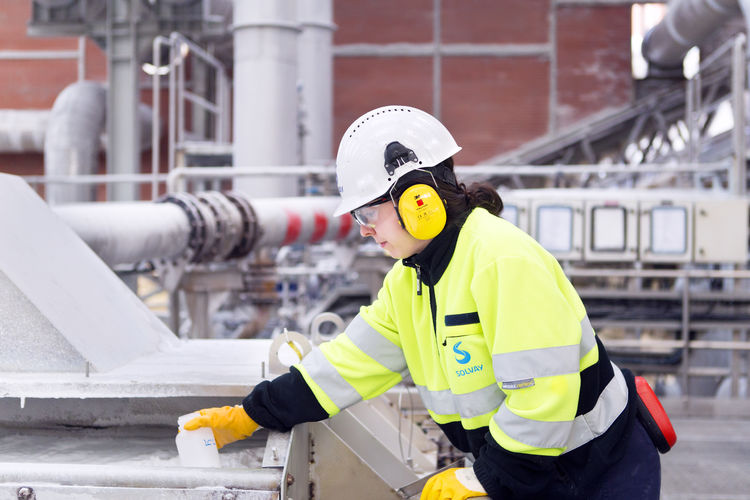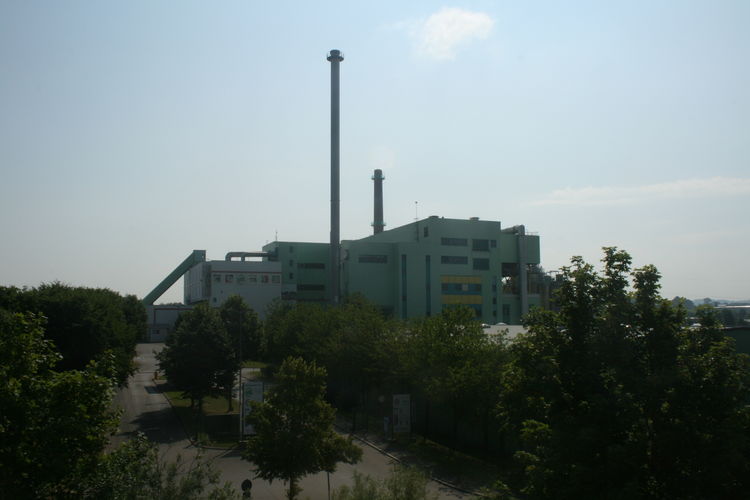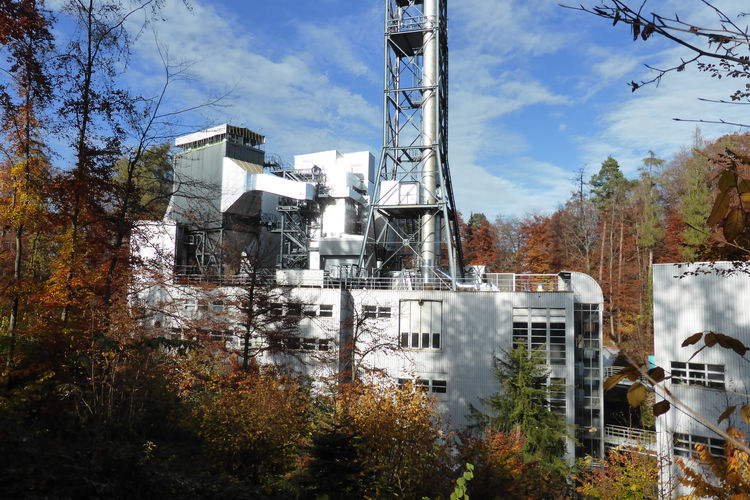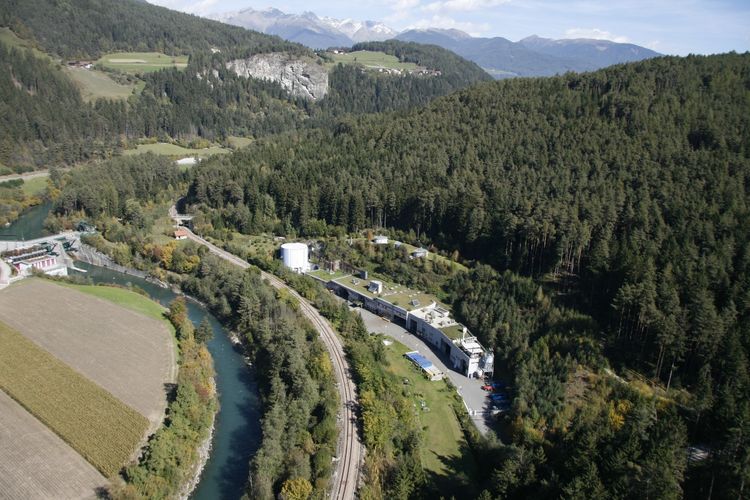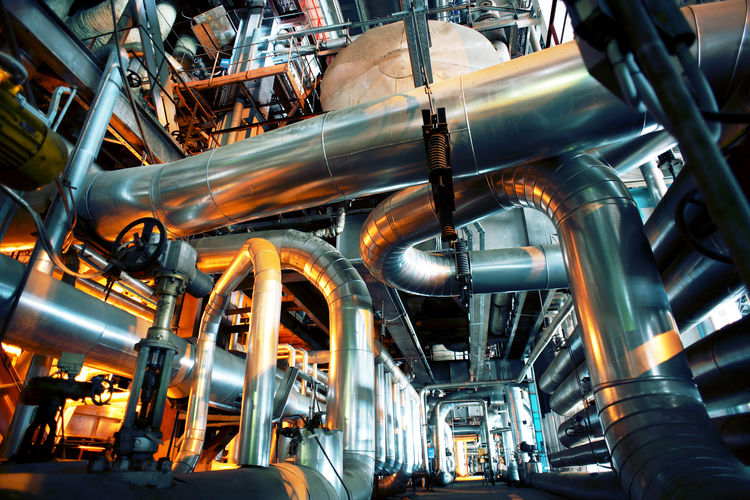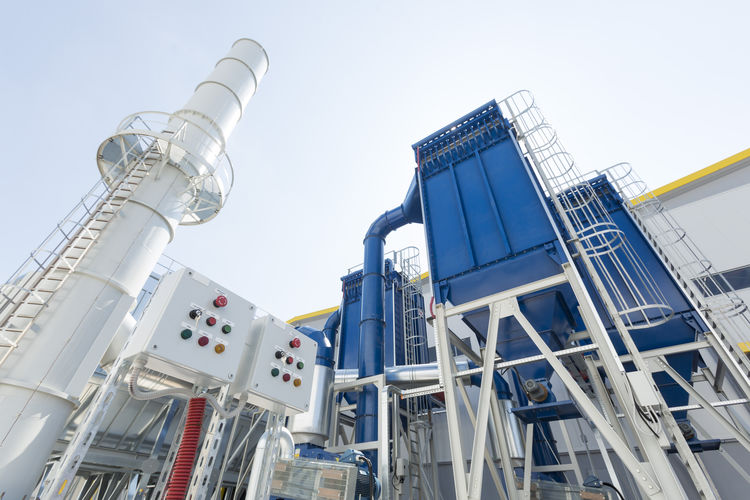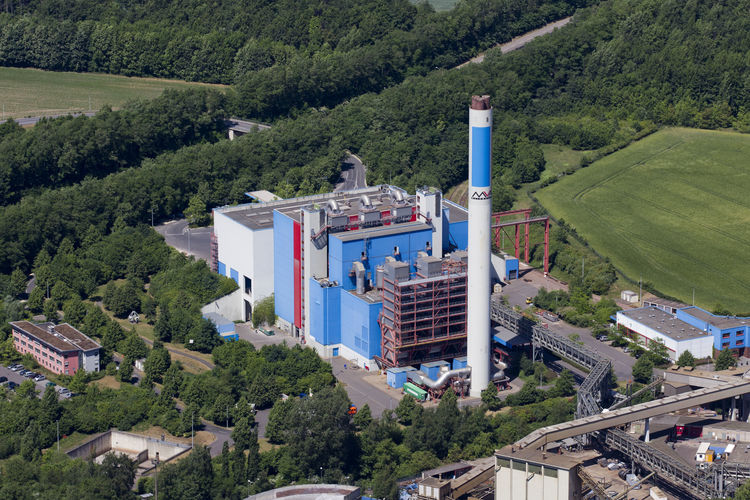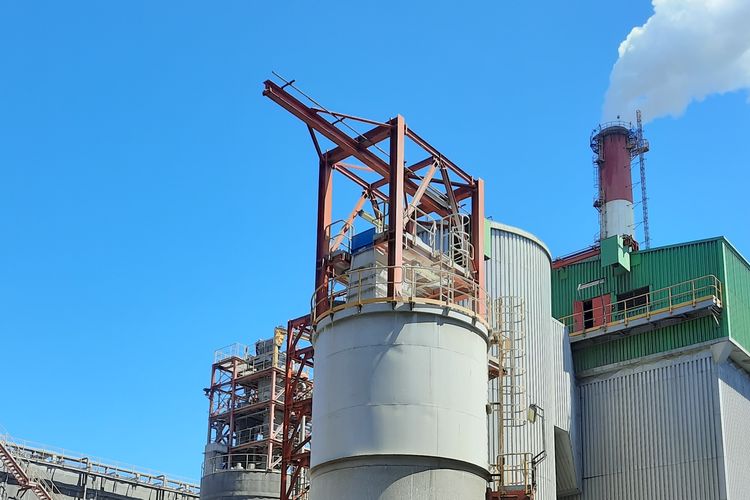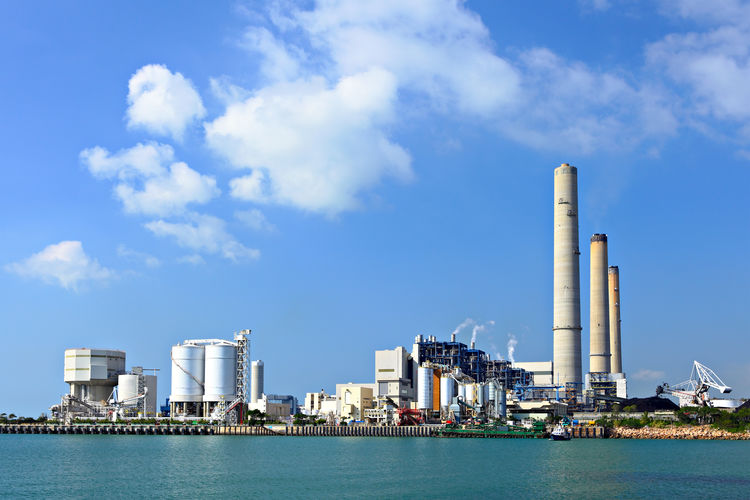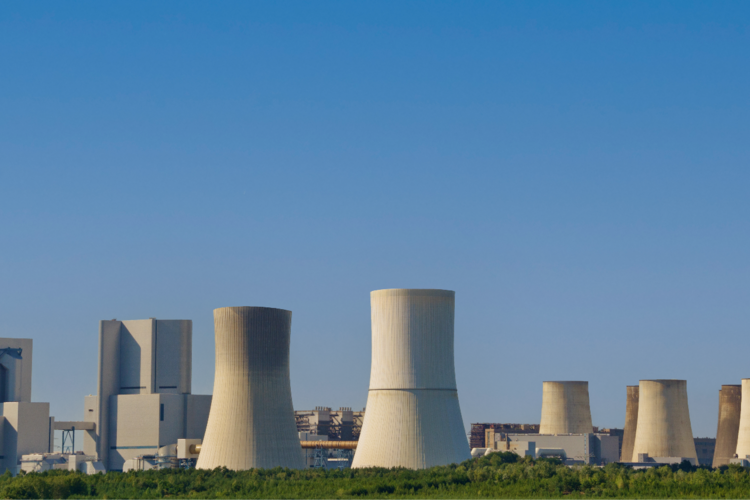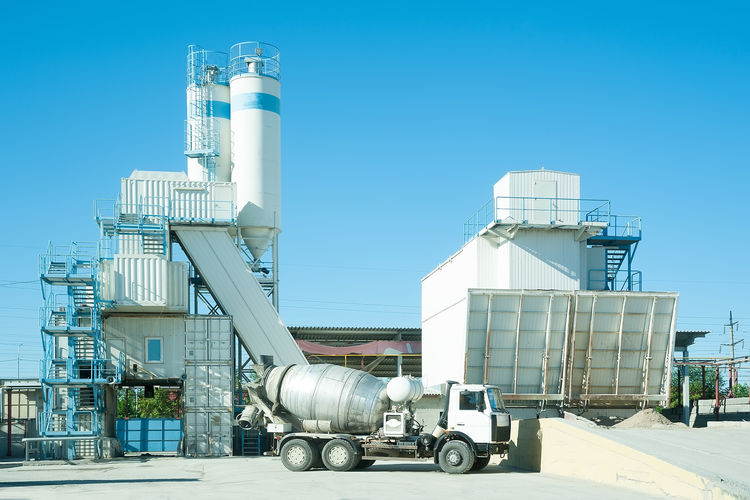US Cement factory - Key figures & facts
- Sorbent use for the cement plant’s flue gas treatment reduced by 25-30%
- NO2 emissions reduced by 35-90%, no visible plume
- A 3 year collaboration covering initial testing, installation assistance, process debugging and optimization
Our customer’s needs
This cement manufacturer located in the US and belonging to a multinational group operates multiple kilns that are treated with Trona, with 100 tons of clinker per day for each kiln. Its Hydrogen Chloride (HCl) emissions are less than 3 ppm (7 mg/Nm3 dry at 7% O2) 30 days average. This plant is subject to PC NESHAP regulation.
Reducing NO2 while keeping low HCl
To comply with the requirements imposed by this legislation, the plant uses dry sorbent injection with fine milled Trona to meet its targets in terms of HCl emissions. They wanted to achieve a better balance of their operations, so they asked for our assistance to see if they could also reduce NO2 emissions while maintaining the same HCl levels.
Switching around the point of injection
The particularity of the situation was that in times when higher injection rates were needed, there were occasional instances of brown plume due to the conversion of NO to NO2. The solution we found was to inject the dry sorbent in front of a cyclone which would remove some of the Trona, but also provide an area for good mixing at a high temperature.
What SOLVAir® provides to this cement plant
We therefore recommended moving the injection site ahead of the cyclone and proposed a plan to evaluate this new injection site. By moving the injection upstream in the process, at temperatures of 400°C instead of 230°C, we saw improved reactivity with HCl. These higher reductions rates would offer the possibility of reducing sorbent requirements.
Higher temperatures for better reactivity
What’s more, NO2 formation was also greatly reduced by making this change. We attribute this to the change in reactivity of the sorbent at higher temperatures and the fact that we were able to reduce the sorbent injection rate. There were no negative effects from removing some of the Trona in the cyclone along with the ash.
Assistance throughout the entire process
We offered technical assistance throughout the testing phase, particularly with sample analysis. The SOLVAir® team subsequently provided the plant with assistance with system installation, process debugging and optimization.
Benefits for the customer
We reduced the plant’s sorbent consumption by 25 to 30% while simultaneously reducing NO2 emissions by 35-90%, with no visible plume.
Full flexibility in exhaust treatment
As for HCl emissions, they are generally at 30ppm (70 mg/Nm3 dry at 7%O2) without Trona injection but can spike up to 600 (1,420 mg/Nm3 dry at 7% O2) in some rare situations of process upset. One big advantage of the dry sorbent injection system with fine milled Trona is its flexibility: it can be turned up or down to treat a wide range of acid gas concentrations. This enables the plant to maintain a compliant 30-day average at the stack with the ability to occasionally handle heavy loads and treat to non-detect levels if needed.
Ensuring resilience in times of Covid
We want our customers to be happy and economically resilient. One impact of the Covid pandemic is the tightening of control on economics and pollution control, which represents an additional cost. Helping our customers be more financially resilient means they will remain competitive and therefore remain a customer of ours longer.
Requirements of the legislation in the US for cement plant
Portland Cement National Emission Standards for Hazardous Air Pollutants (PC NESHAP)
